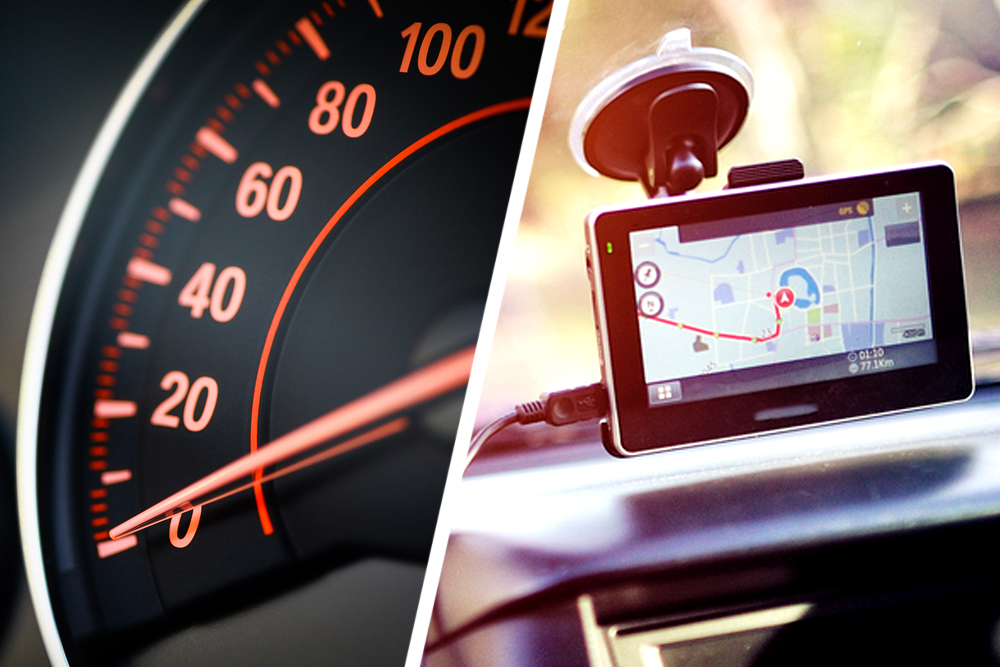

This level of accuracy is most often influenced by landscape characteristics and the number of available satellites commonly leading to multipath errors. More recently, the accuracy of static horizontal positions captured by a GPS-enabled phone was found to be around 20 m in one study.

In a rather early study, using GPS enabled iPhones, iPods, an iPad and an app used by an insurance company in Switzerland, von Watzdorf and Michahelles found average accuracy of location information between 108 and 655 m. Mixed results can be found in the literature concerning the accuracy of smartphone GPS services. A smartphone used in combination with an appropriate app can provide similar functionality as a basic recreation-grade GPS unit (e.g., Garmin, Magellan, etc.).
#GPS SPEEDOMETER APP ACCURACY SOFTWARE#
Depending on the app, a person can add their own basemap, interact with imagery provided by the app developer, and export saved positions from the app for use in other spatial software packages. These allow the user to collect waypoints by simply tapping the screen of the phone. There are numerous apps available to assist with GPS data collection. With the convenience and ease of use of the GPS capabilities of smartphone devices, it seems important to assess their accuracy, so when used for data collection purposes the relative accuracy of positions determined can be understood. Depending on the user’s phone settings, LBS are activated when permitted applications (apps) are in use (e.g., while using map apps). Location based services (LBS) allow one to access spatial positioning on a phone via cellular networks. However, data collected using A-GPS is less accurate than traditional GPS receivers. A-GPS precludes the need of a warm-up period required for traditional GPS units. A-GPS uses smartphone networks in combination with a GPS antenna to increase the speed of determining or fixing position. Modern smartphones are equipped with Assisted GPS (A-GPS) capability. Specifically, this study is unique in the collection of static horizontal position data incorporating seasonal variability, level of human activity on the WiFi network, and urban forest conditions, and in assessing the role WiFi plays in GPS data collection accuracy. Therefore, the objective of this research was to assess the accuracy of the iPhone 6 GPS capabilities under various conditions. While the expectations for GPS data quality using an iPhone should not be assumed comparable to the quality of data collected with a mapping-grade or survey-grade GPS receiver, here we attempt to assess whether they can serve as a reasonable alternative and to measure what sort of error, both in distance and in direction, to expect. For example, a smartphone may not be the best option for collecting mappable information in predominantly forested conditions, but may be reliable enough for data collection purposes in urban environments. Much of what we do (navigate) or produce (map) is contingent on the level of horizontal position accuracy under conditions which GPS data is being collected. Two interests of society involve (a) whether the accuracy is sufficient to enable them to be a reasonable substitute for more expensive commercially available mapping devices, and similarly (b) to what grade of receiver (consumer or mapping) could smartphones be a reasonable substitute. The majority of current research involving smartphone GPS capabilities focuses on transportation or directional uses, patterns of human movement, and health tracking. Smartphones have become ubiquitous tools of the human race, as millions of people now go about their days with small GPS-capable computers in their hands or pockets.


 0 kommentar(er)
0 kommentar(er)
